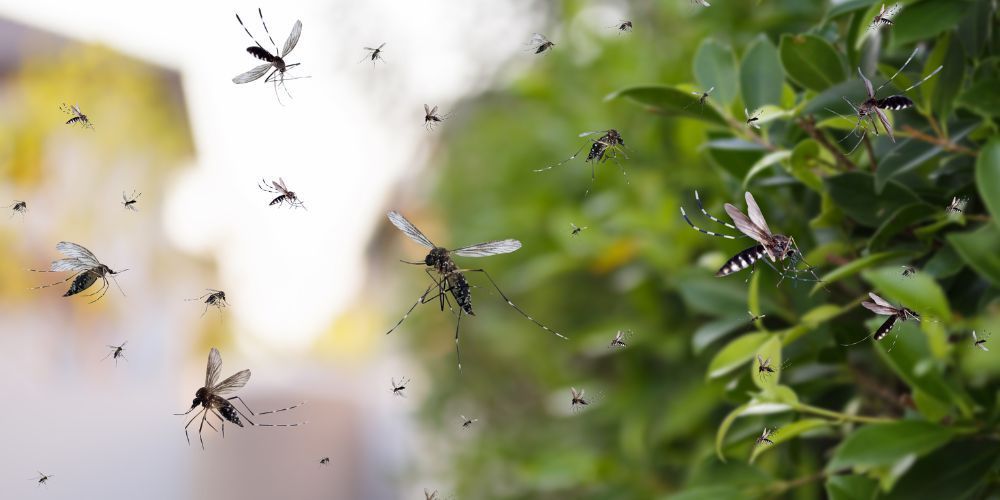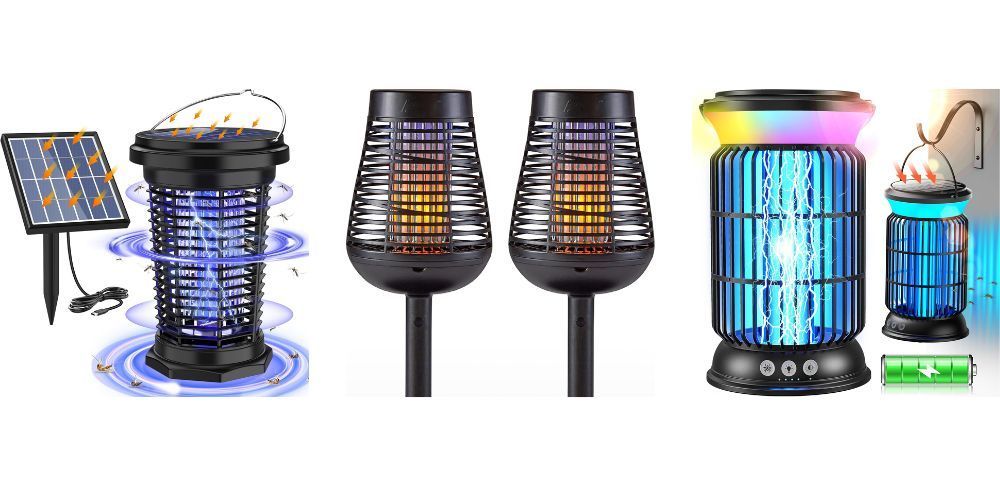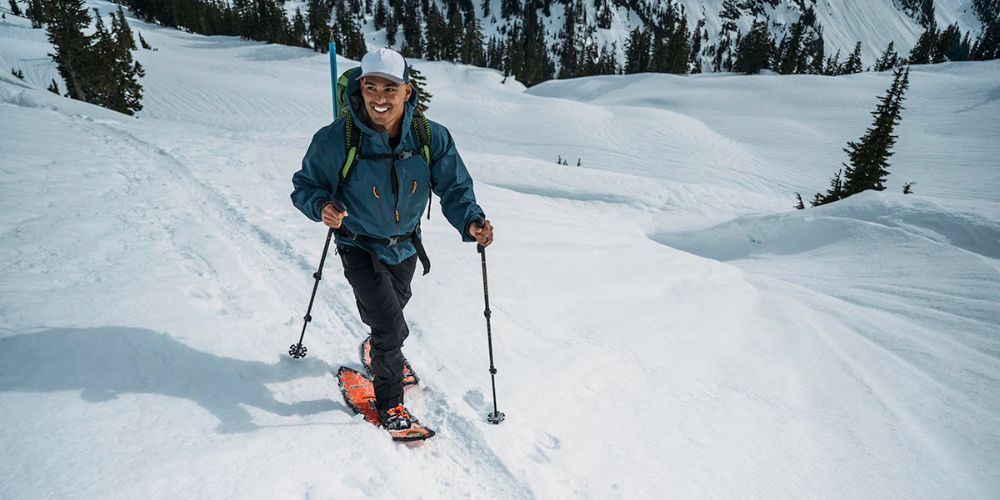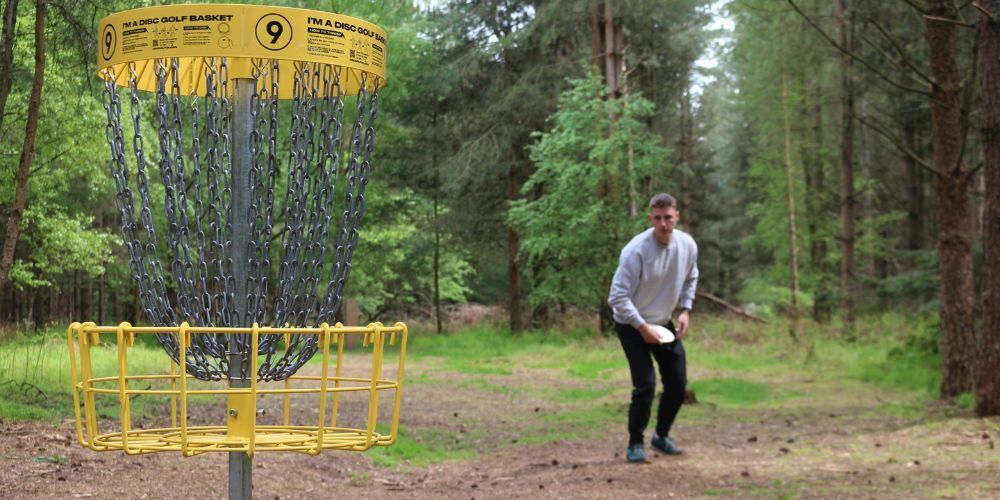The Best Pocket-Size Plant ID Guides for Foragers, Hikers & Nature Lovers
April 26, 2025
Whether you're foraging for wild edibles, hiking new trails, or teaching nature classes, pocket-size plant ID guides are essential tools that won't weigh you down. These compact reference materials help you identify plants quickly and safely while keeping your hands free for other gear.

Why You Need a Pocket-Size Plant ID Guide
Traditional plant identification books are bulky and impractical for the trail. Pocket-size guides give you the same critical information in a lightweight, weather-resistant format that fits comfortably in your pocket or small pack. They're especially crucial for foragers who need quick, accurate identification to avoid toxic look-alikes.
Top Features to Look For
Size and Portability
- Dimensions under 4" x 6" for true pocket portability
- Weight under 8 ounces
- Ring binding or foldable format for easy handling
Durability
- Waterproof or water-resistant materials
- Tear-resistant paper or laminated pages
- UV-resistant printing for longevity
Content Quality
- Clear, high-quality plant photos
- Multiple identification angles (leaves, flowers, bark)
- Intuitive organization (by color, season, or type)
- Essential safety warnings for poisonous plants
Regional Focus
- Coverage of your specific geographic area
- Seasonal variations included
- Common local species prioritized
Best Picks
List of Services
-
Budget Pick: Edible Wild Foods Playing Cards ($8-10)List Item 1
Laminated field cards focused on common edible and poisonous plants. Lightweight at 3 ounces, these cards clip to your pack and survive rain, mud, and rough handling. Perfect for beginners learning basic species.
-
Mid-Range Pick: Peterson's Pocket Guide to Edible Wild Plants: Eastern/Central North America ($18-22)List Item 2
Compact spiral-bound guide with durable, water-resistant pages. Features 200+ species with excellent photography and clear identification tips. Available in regional editions for better accuracy.
-
Premium Pick: Timber Press Field Guide Wildflowers of the Pacific Northwest ($28-35)List Item 3
Ultra-durable Tyvek pages with full-color illustrations and detailed botanical keys. Includes QR codes linking to audio pronunciations and video identification tips. Weighs just 6 ounces despite extensive coverage.
-
Specialty Pick: Foraging for Wild Edible Foods ($16-20)List Item 4
Accordion-style waterproof guide focusing exclusively on edible and medicinal plants. Includes harvesting tips, seasonal availability, and look-alike warnings. Ideal for serious foragers.
How to Choose
Consider your primary use case first. Foragers need guides with strong emphasis on edible plants and toxic look-alikes. Casual hikers benefit from broader regional guides covering common trail-side species. Nature educators should prioritize guides with clear educational features and multiple identification methods.
Match the guide to your climate and region. A Southwest desert guide won't help much in the Pacific Northwest. Look for editions specific to your state or ecological region.
Think about durability needs. Regular hikers should invest in waterproof options, while occasional users can opt for water-resistant paper guides.
Final Thoughts
A quality pocket-size plant ID guide transforms your outdoor experience by making plant identification accessible and convenient. Choose based on your specific needs, regional requirements, and durability expectations. Remember: the best guide is the one you'll actually carry and use.
Are digital plant ID apps better than pocket guides?
While apps offer more features, pocket guides don't require batteries, work in remote areas without signal, and are more reliable in wet conditions. Many foragers use both.
How do I protect non-waterproof guides?
Use a zip-lock bag for basic protection, or invest in a waterproof document pouch. Some hikers laminate individual pages themselves.
Should I get a regional or national plant guide?
Always start regional. National guides try to cover too much ground and often miss local variations critical for accurate identification.
Author: William Flaiz










